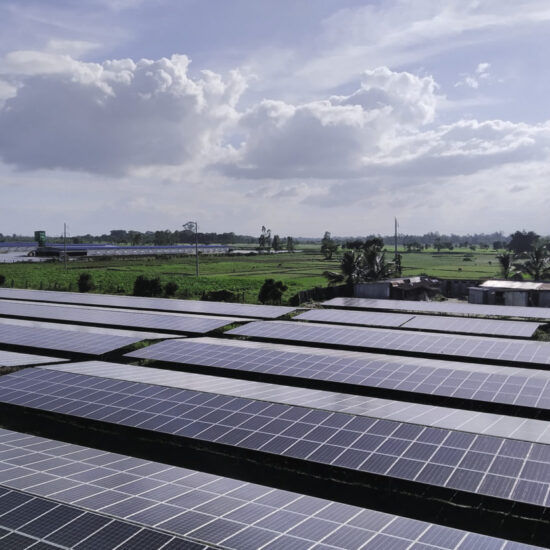
The Ministry of Trade and Industry has launched the National Trade policy and National Export Strategy and their respectively implementation plans in an effort to make Zambia a net exporter of value added goods and services through competitiveness at the domestic, regional and global level.
The National Trade Policy is now a stand-alone policy as previously, the Trade component was part of the Commercial, Trade and Industrial Policy developed in 1994 and reviewed in 2009. Speaking when he officially launched the documents, Minister of Trade, Christopher Yaluma noted that the vision of the policy is to making Zambia a net exporter of value added goods and services through competitiveness at the domestic, regional and global level.
He added that the aim of the policy is to contribute towards Zambia’s economic diversification by promoting and stimulating a competitive trade sector in order to increase the market share in the global economy.
The trade Minister explained that National Trade Policy will serve as a blue print for Government’s activities in Zambia’s trade sector and that the Policy is aligned to the Seventh National Development Plan which is based on an integrated multi-sectorial development approach which seeks to accelerate development efforts.
“The National Trade Policy sets out Government’s approach to trade development with a view to creating and maintaining a competitive private sector in a dynamic domestic and international market environment with an ultimate goal of creating sustainable jobs and wealth for the benefit of the people of Zambian”, he explained.
The Minister is optimistic that the strategy will address challenges affecting export competitiveness through various mechanisms and to enhance the export sectors contribution to Zambia’s socio-economic development.
Further, he noted that the strategy will contribute towards sustainable and inclusive socio-economic development and promote interventions that will assist the private sector to develop production networks and supply chains with the regional economy in order to take advantage of production unbundling, diversification and value addition.
“The strategy focuses on both trade in goods and trade in services with clearly identified challenges, proposed intervention and outcome indicators which will measure progress at every stage of implementation,” Yaluma explained.







